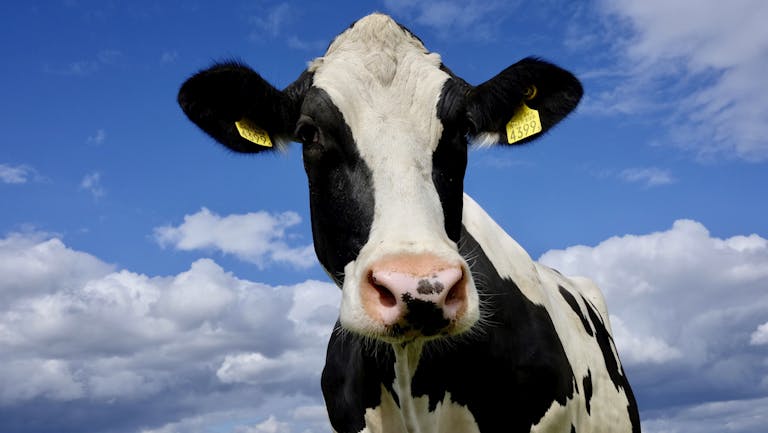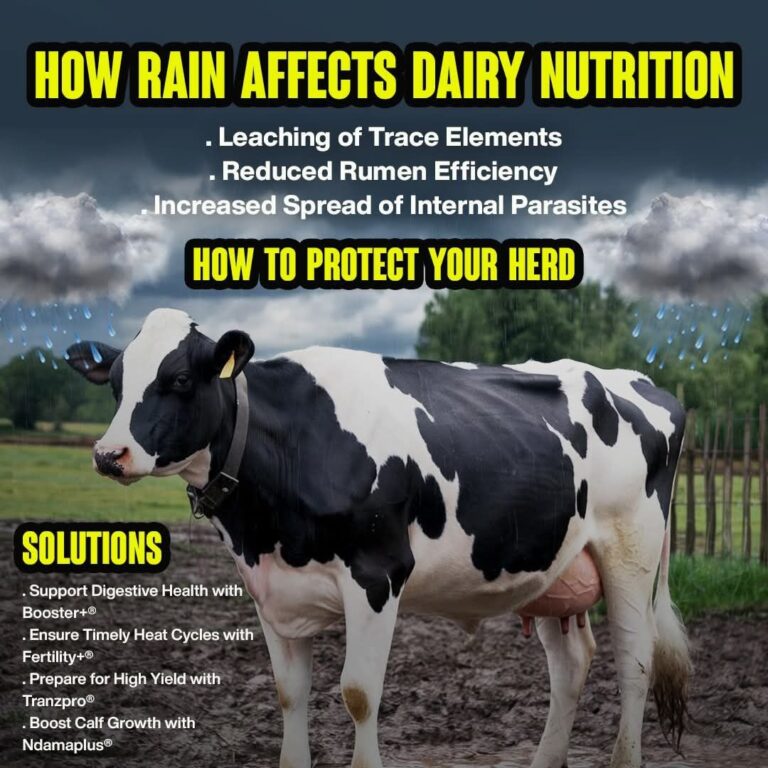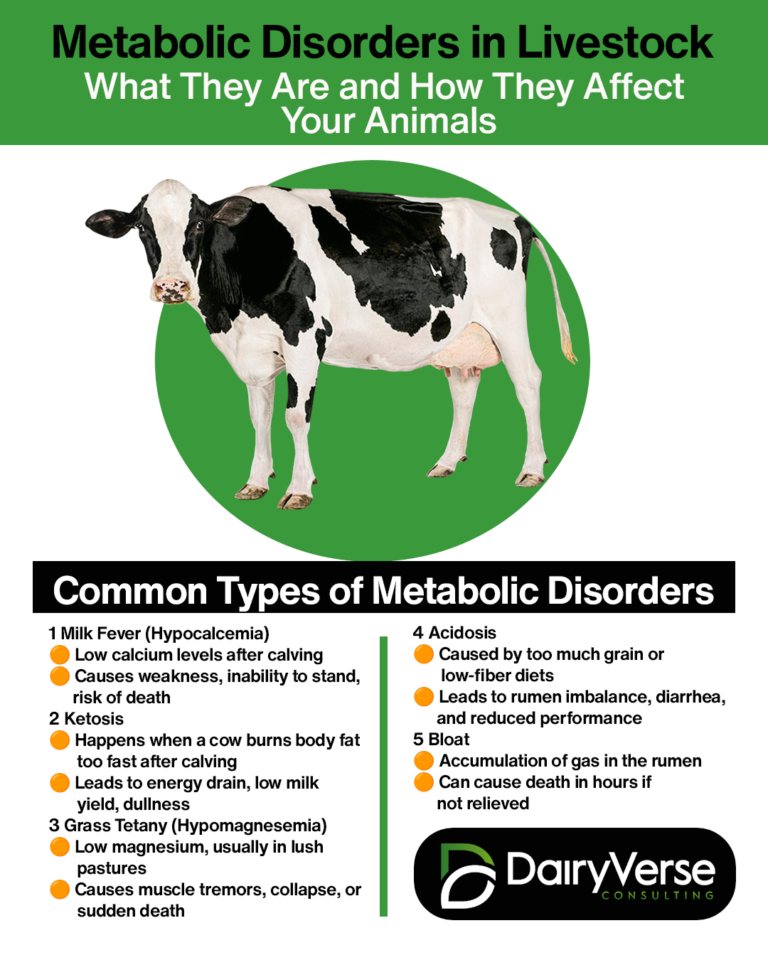Reviving a Newborn Calf That Isn’t Breathing: A Farmer’s Guide
The birth of a calf is an exciting moment for any dairy or beef farmer, but sometimes newborns struggle to take their first breath. If a calf is born weak or unresponsive, immediate intervention can mean the difference between life and death. This article explores practical steps to help a newborn calf start breathing.
Why Do Some Calves Struggle to Breathe at Birth?
Several factors can cause a newborn calf to have difficulty breathing:
- Difficult Birth (Dystocia) – Prolonged labor can cause oxygen deprivation.
- Fluid Blockage – Mucus in the airways can prevent proper breathing.
- Weakness or Stress – Some calves are born weak due to poor fetal development or a stressful birth.
Steps to Stimulate Breathing in a Newborn Calf
1. Clear the Airways
- Gently remove mucus and fluids from the calf’s nose and mouth using a clean cloth or suction bulb.
- Elevating the calf’s hind legs for a few seconds can help drain excess fluids.
2. Position the Calf Correctly
- Lay the calf on its chest with its legs tucked underneath. This allows the lungs to expand properly.
3. Stimulate Breathing
If the calf is still not breathing:
- Rub the chest vigorously – This stimulates circulation and encourages the calf to breathe.
- Hang the calf upside down briefly – As seen in the illustration, this can help clear fluid from the lungs. However, this should only be done for a short time, as it may also restrict lung expansion.
- Use a breathing stimulant – If available, medications like Dopram-V can help encourage respiration.
4. Perform Artificial Respiration (if needed)
If the calf remains unresponsive:
- Close the calf’s mouth and gently blow into one nostril while blocking the other.
- Repeat at 30-second intervals until the calf starts breathing.
5. Keep the Calf Warm and Monitor Recovery
- Dry the calf thoroughly and place it in a warm, dry area.
- Ensure the calf receives colostrum within the first few hours to boost immunity and energy levels.
When to Call a Veterinarian
If the calf remains weak or struggles to breathe after initial efforts, seek veterinary assistance immediately.
Conclusion
Every second counts when reviving a newborn calf. Clearing the airways, stimulating breathing, and providing warmth are critical steps to saving a struggling calf. By understanding these techniques, farmers can improve calf survival rates and ensure a strong start to life.







